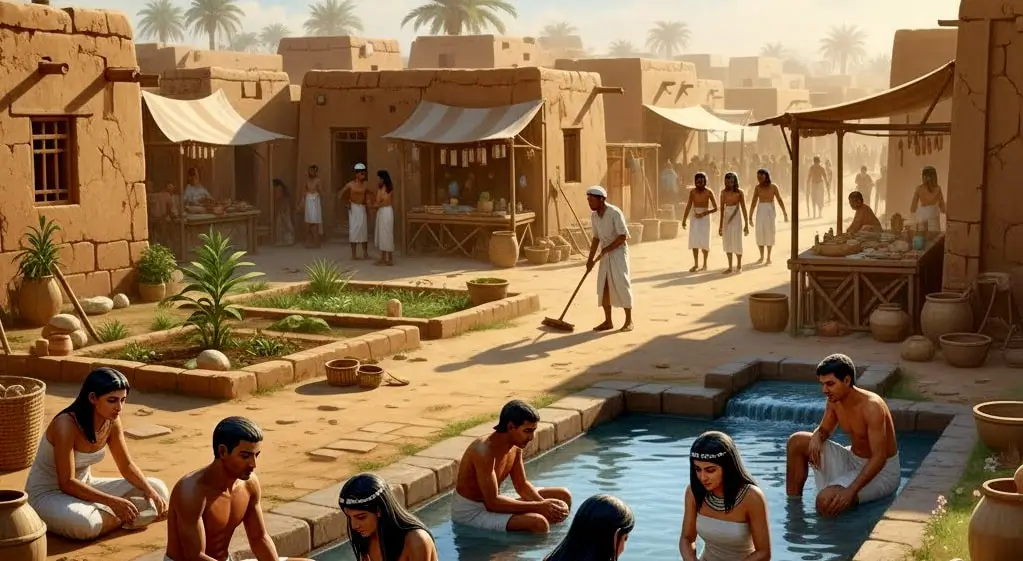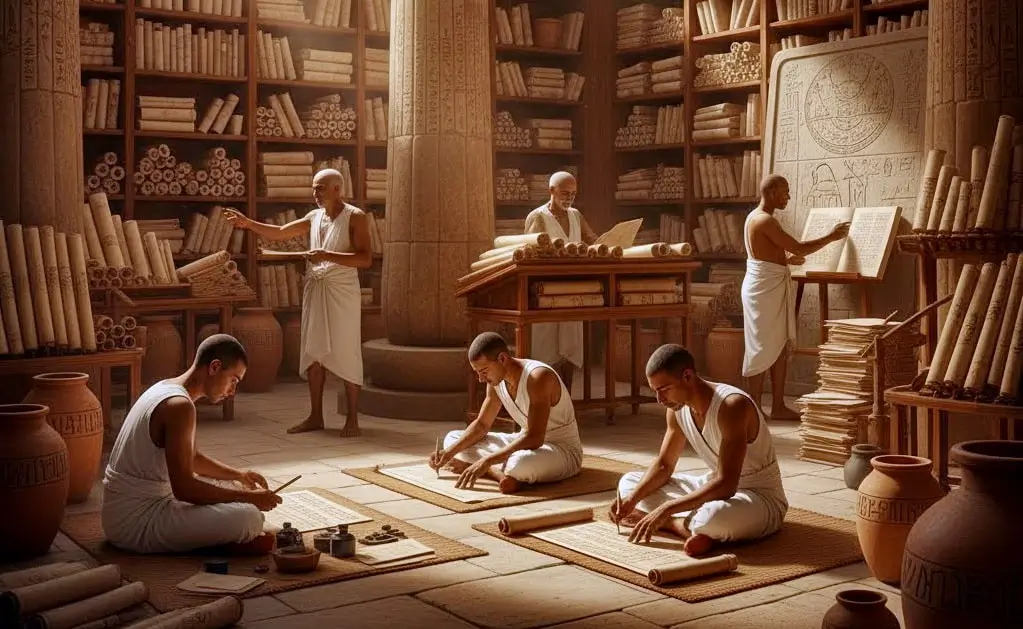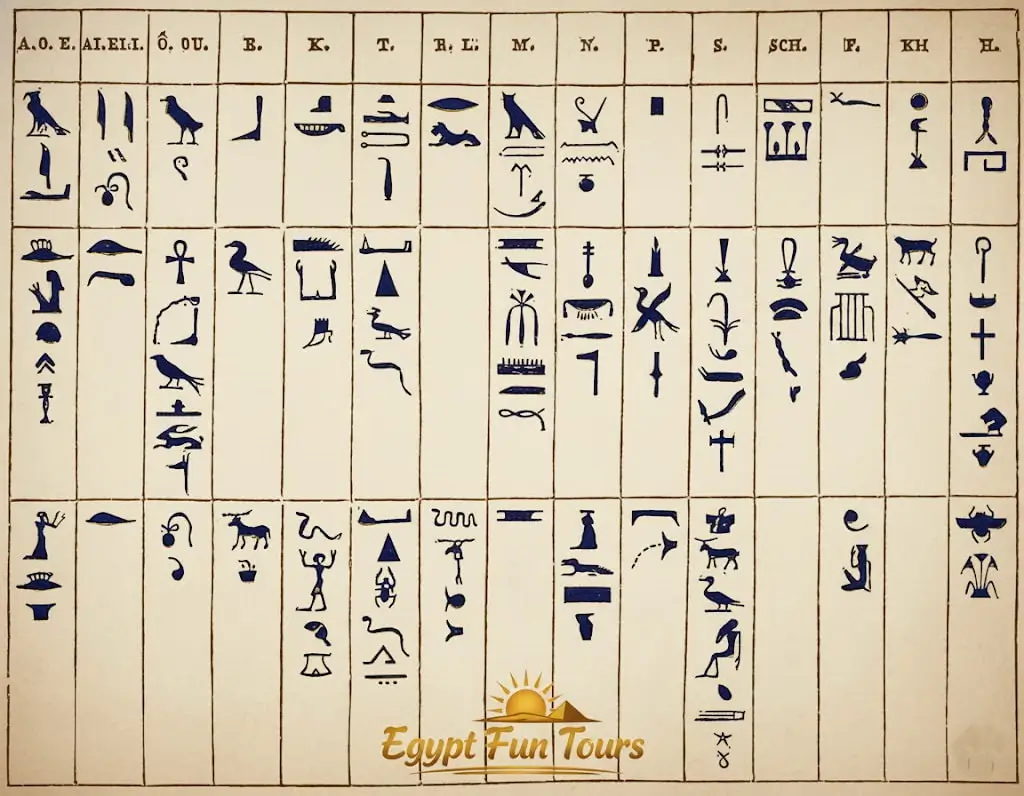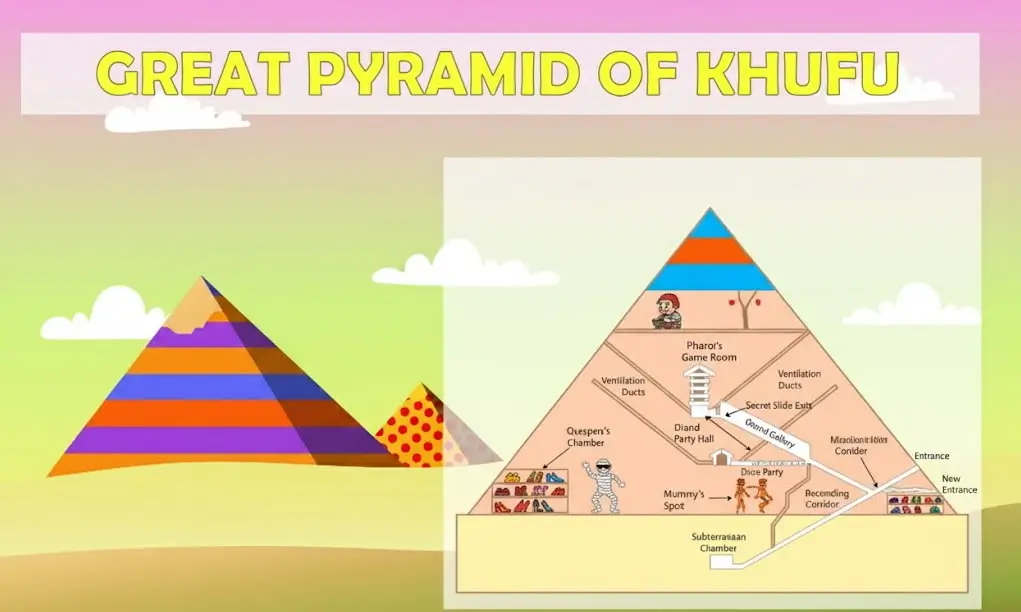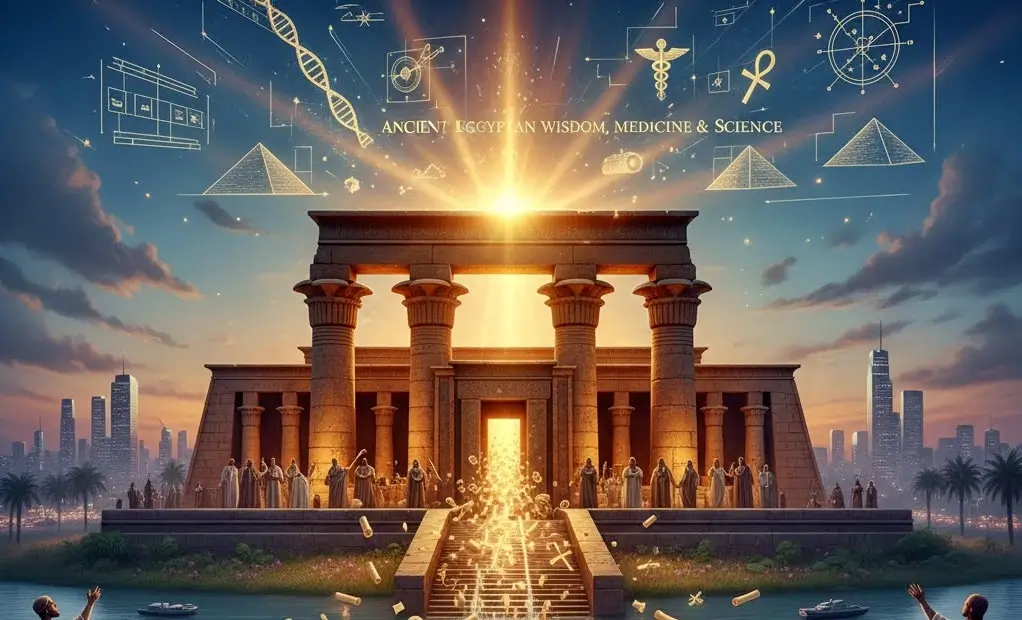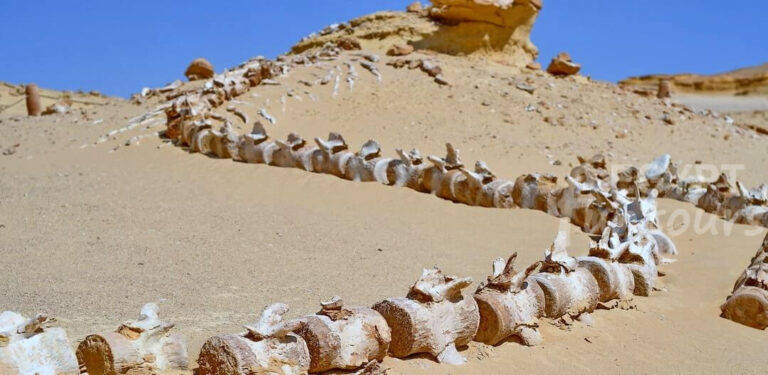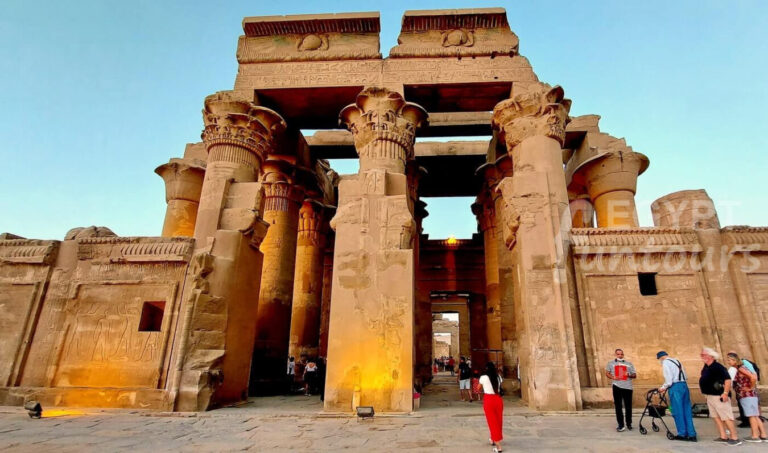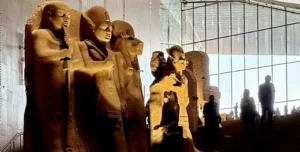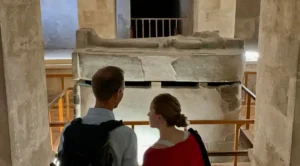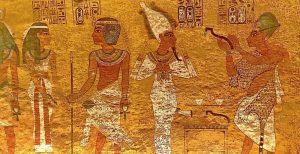Ancient Egyptian Medicine: Magic, Religion, and Science
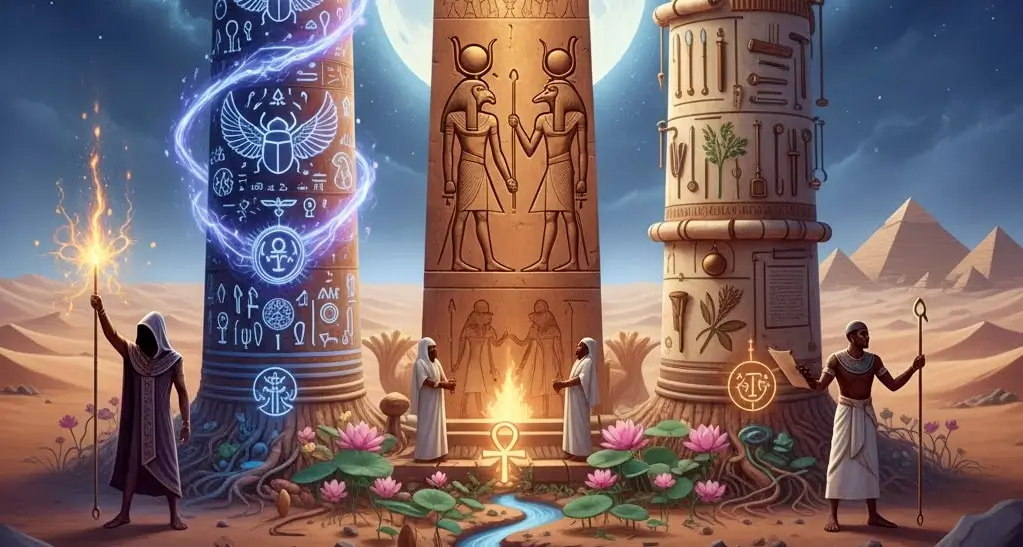
For the ancient Egyptians, health was all about balance. They called this concept Ma’at—the cosmic order of truth, harmony, and justice. They believed illness struck when a person’s balance was disturbed. A physical injury could cause this, but so could the wrath of a god, the curse of an enemy, or the presence of a malevolent spirit.
Because of this, their approach to healing was holistic. Egyptian healers masterfully combined practical medicine with religious rituals and magical spells. A doctor might set a broken bone with a splint while a priest recited incantations to ward off evil spirits that could cause infection. To them, the physical and spiritual worlds were completely connected.
The Healers: Doctors, Priests, and Magicians
Healing in ancient Egypt was a respected profession with different types of practitioners who often worked together to provide comprehensive care.
- Swnw (Doctors): These lay physicians dealt with the physical aspects of illness. As trained observers, they diagnosed ailments, prescribed remedies, and performed surgery. They often worked for the state, treating worker injuries at sites like the pyramids or caring for nobles in their households.
- Wab Priests of Sekhmet: These specially trained healers served Sekhmet, the powerful lioness goddess of healing. They acted as intermediaries between the patient and the divine, skillfully diagnosing illnesses and using a combination of practical medicine and prayers to the goddess.
- Sau (Magicians): These practitioners focused on the supernatural causes of disease. They used magical spells, amulets, and rituals to drive out spirits or protect a person from curses. An amulet of a scarab beetle, for example, functioned as more than just jewelry; it served as a powerful tool for protection and rebirth.
Famous Physicians: The World’s First Doctors
History remembers several Egyptian physicians whose brilliance has echoed through millennia.
Imhotep (circa 2650-2600 BCE) is perhaps the most famous. As chief minister to Pharaoh Djoser, he was the brilliant architect of the Step Pyramid at Saqqara, the world’s first major stone building. But he was also a legendary physician. His medical knowledge was so great that, about 2,000 years after his death, the Greeks deified him as Asclepius, their own god of healing. Many historians call him the true father of medicine, long before Hippocrates.
Another key figure, Hesy-Ra (circa 2600 BCE), served under the same pharaoh, Djoser. An inscription on his tomb names him “Chief of Dentists and Physicians,” making him the earliest named dentist in history. This title proves that medical specialization existed even in this early period.
Medical Papyruses: The First Textbooks
How do we know so much about their practices? Our deepest insights into Ancient Egyptian medicine come from ancient documents written on papyrus, a paper-like material made from reeds. These medical papyruses are some of the oldest scientific documents in the world. Doctors used them as practical manuals, filled with clinical cases, diagnoses, and prescriptions.
- The Edwin Smith Papyrus: This is the most impressive medical document from the ancient world. Dating to around 1600 BCE, scholars believe it is a copy of a much older text. The papyrus is a practical guide to trauma surgery, detailing 48 cases of injuries to the head, neck, and chest. It is almost completely free of magic. Each case includes a title, examination, diagnosis, and treatment. It shows a sophisticated understanding of anatomy and describes how to examine a patient by feeling for a pulse, setting broken bones, and stitching wounds.
- The Ebers Papyrus: This is one of the longest medical papyruses, like a medical encyclopedia. It contains over 700 magical spells and remedies for a vast range of ailments, from crocodile bites to heart disease. It includes chapters on eye diseases, skin issues, and gynecology. While it includes many spells, it also lists hundreds of medicinal drugs made from plants, minerals, and animal products.
These texts prove that Egyptian doctors based their methods on careful observation and examination, forming the very foundation of modern clinical practice.
Medical Specializations
The structure of Ancient Egyptian medicine allowed for a remarkable degree of specialization. The Greek historian Herodotus, writing in the 5th century BCE, noted this, stating, “Each physician is a healer of one disease and no more… some of the eye, some of the teeth, some of what pertains to the belly.”
We have found evidence of:
- Dentistry: Dentists treated abscesses, extracted teeth, and even created rudimentary dental bridges to help nobles who suffered from dental problems.
- Ophthalmology: Eye diseases were common in the dusty desert. Doctors prepared many remedies for eye infections, which they recorded in the medical papyri.
- Proctology: The papyri even mention a “shepherd of the anus,” a specialist who treated digestive and intestinal problems.
Ancient Egyptian Surgery and Tools
The Edwin Smith Papyrus proves that surgery was a cornerstone of Ancient Egyptian medicine, showing that doctors were highly skilled with physical trauma. They could set fractures with wooden splints padded with linen and treat dislocated joints. They also performed circumcision and knew how to suture wounds using a needle and thread.
Archaeologists have found sets of surgical tools made of bronze, including scalpels, forceps, shears, and probes. These instruments look remarkably similar to those used today. Evidence of more complex procedures like trepanation (drilling a hole in the skull) has been found on ancient skulls, with some showing signs of healing, meaning the patient survived the operation.
The Egyptian Pharmacy: Remedies and Prescriptions
Egyptian doctors prepared a vast pharmacopeia of over 700 substances to make medicine. They prepared remedies as pills, ointments, and potions. Many of their prescriptions were surprisingly effective and show how observational science shaped Ancient Egyptian medicine.
- Honey: Doctors widely used honey as an antiseptic dressing for wounds.
- Willow Bark: Physicians prescribed willow bark for pain and inflammation, as it is a natural source of salicin (the active ingredient in aspirin).
- Garlic: People ate garlic to improve circulation and fight infections.
- Pomegranate: Healers used pomegranate to treat tapeworms and other parasites.


